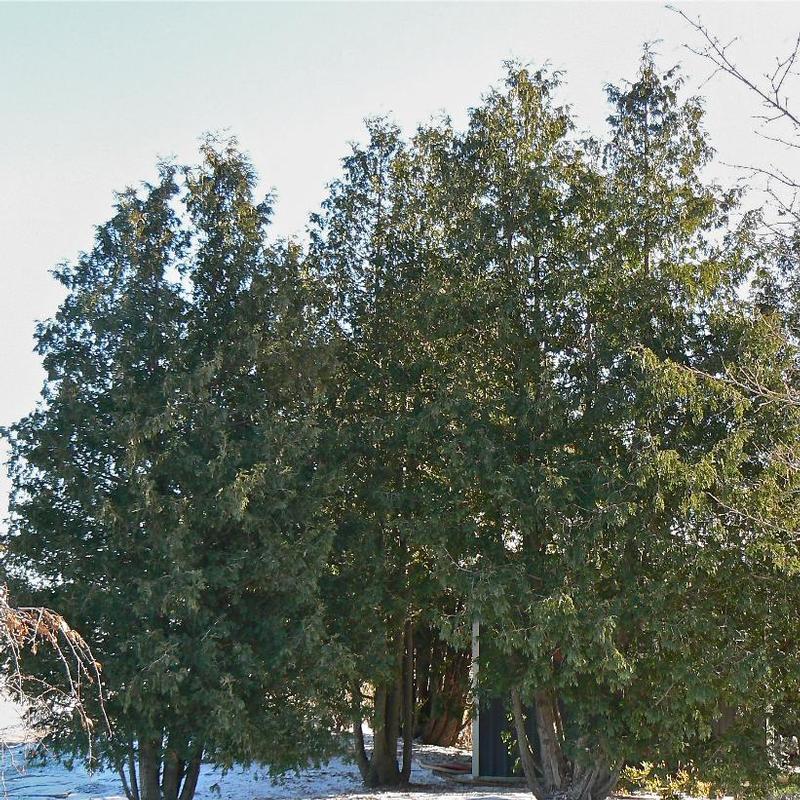« Previous Plant | Next Plant »
Thuja occidentalis
Eastern White Cedar (Eastern/American Arborvitae)
Excellent for hedging, they tolerate a wide range of soils, however, they are sensitive to de-icing salt. The fan-like branches and dark green, scaly foliage can be easily clipped.
- » Upright, conical to pyramidal, with slightly arching branches
- » Light green foliage grows in flattened sprays
- » Colour fades to a duller bronze-green
- » Grows open with age, exposing inner branching
- Category:Evergreens
- Hardiness Zone:2
- Height:10-12 m
- Spread:3-4 m
Additional Information about Thuja occidentalis
Native to Ontario and parts of North America. The eastern white cedar is native to Canada, from Manitoba east throughout the Great Lakes Region, into Quebec and the Maritime provinces. Isolated populations are found in the northeastern United States and as far south as North Carolina. The common name of arborvitae is Latin for "tree of life" and comes from the early French settlers when they leaned that the native Americans used the tree’s foliage to treat scurvy.
Growing & Maintenance Tips for Thuja occidentalis
Typically grown as a hedge, white cedar also can be used in groupings for windscreens or for naturalizing in consistently wet areas. Damage or stem breakage may occur in the winter from ice and snow accumulation. Protection (burlap wrap) from drying, winter winds and road salt is recommended in an exposed location.
